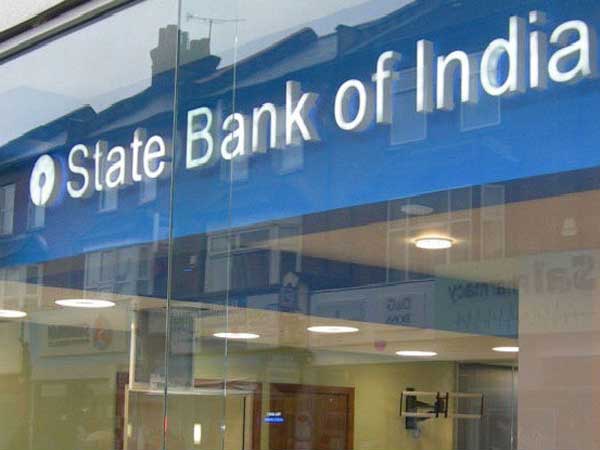The National Asset Reconstruction Company Ltd, (NARCL), which is slated to become the mother of all Asset Reconstruction Companies (ARCs), will prompt existing ARCs to change their business orientation and start focussing on buying the stressed retail and MSME assets, according to Pallav Mohapatra, MD & CEO, Asset Reconstruction Company (India) Ltd (ARCIL).
He emphasised that ARCs have a huge business opportunity to buy stressed assets aggregating about ₹1 lakh crore in the retail and micro, small and medium enterprise (MSME) segments.
Stressed assets with principal outstanding of ₹500 crore and above, aggregating about ₹2 lakh crore, are expected to be transferred by lenders to NARCL.
In an interaction with BusinessLine, Mohapatra, who was MD & CEO of Central Bank of India before taking the reins at ARCIL in March 2021, emphasised that there is enough scope for existing ARCs (28 at the last count) to buy stressed assets below ₹500 crore from Banks.
Excerpts
Will the setting up of NARCL, does not diminish the business prospects of existing ARCs?
NARCL’s mandate is basically to acquire stressed assets where the total exposure of the banking sector is more than ₹500 crore.
But I feel there is enough scope for getting the business (buying stressed assets) below ₹500 crore. As of today, most of the ARCs were playing in the big-ticket corporate stressed assets.
Now I feel they will change their orientation and start focusing on stressed retail and MSME assets where the size will increase in the backdrop of the Covid-19 pandemic. It (increase in size) will not be there in the case of corporates to a reasonably large extent. This is because, to a great extent, things have been sorted out. There will be a few cases but not as many as it used to be earlier. So, if the ARCs equip themselves with infrastructure, technology, and human resources skills to handle the stressed retail and MSME assets, that is going to be a very huge business opportunity for ARCs.
How big will the business opportunity be?
The business opportunity will be sufficiently large. The opportunity will be bigger than the total existing Assets Under Management (estimated at about ₹60,000 crore) of all the ARCs put together. This particular pool (of stressed retail and MSME assets) could be about ₹1 lakh crore.
Given that sale of stressed assets by banks to ARCs has been declining in the last couple of years, will ARCIL change tack?
We want to focus more on resolution and recovery of non-performing assets and earn income after some time rather than focusing on earning income from fees or some other structure.
If you look at the Profit & Loss accounts of ARCs, normally there are three channels of income — management fee income (for managing the acquired assets), interest income (arising from restructuring) and when ARCs can recover more than the face value of the Security Receipts, they get an upside income.
Our focus is to basically increase the proportion of the upside income. This will have beneficial effects — one is there will be a better churning of the capital in ARCs; second, they will also be earning income, with the upside income going straightaway to P&L; and third is it will be good for the economy as such because there will be recovery and resolution.
So, instead of focusing on earning management fees, which will cover our capital investment, we are looking at earning income, as far as possible, by doing resolution and recovery.
Banks want to sell stressed assets on all cash basis but capital could be constraint for ARCs. How do you deal with this situation?
Banks want all-cash deals because of the non-redemption of SRs. If they know that ARCs are going to redeem the SRs as well as give them upside income, why will they not sell their stressed assets for a mix of cash and SRs?
From the capital and availability of funds point of view, ARCIL doesn’t have a problem. Even if there is a funding gap, we always try to get some investor. If we are doing a 100 per cent cash deal with a bank, we try to pay 100 per cent to the bank. But when it comes to our capital deployment, we try to make it 15 per cent or a maximum of 20-25 per cent, and we always get an investor who will put the money. Now, the advantage of this is that since the investor is putting in 75-85 per cent of the money, they will be very keen on resolution of the assets. The investors will not be keen that the ARC is earning the management fees they have to pay for. They will have regular interaction with the ARC because they want a return on their money. And investors are keen to work with those ARCs that have a very fair, open and transparent business model.


